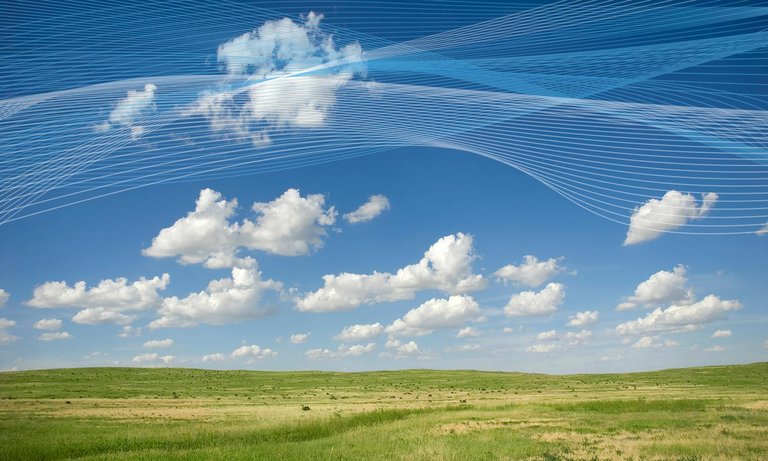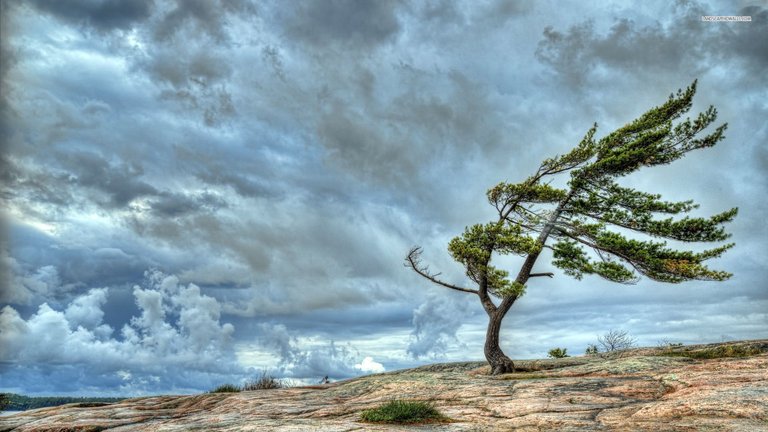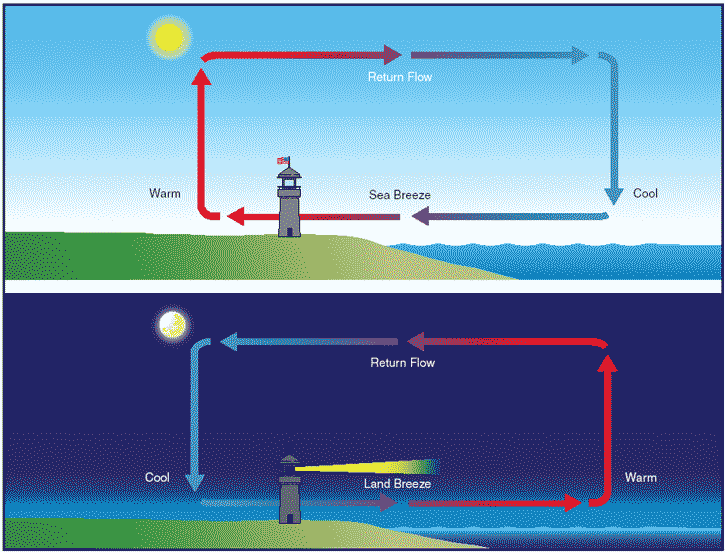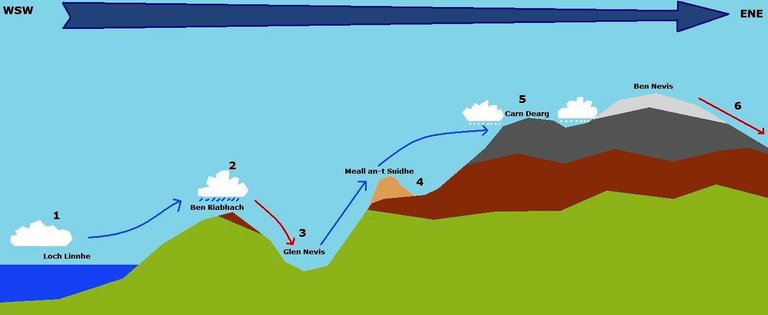
WIND DEFINITION
Wind is the air that moves due to the rotation of the earth and the difference in air pressure around it. The wind moves from high-pressure air to low-pressure air.
PROCESS AND FACTORS OF THIS WIND
When heated, air expands. The expanding air becomes lighter so it rises. When this happens, the air pressure drops because the air is reduced. The cold air around it flowed into the low pressure place. The air shrank into more weight and descended to the ground. On the ground the air becomes hot again and rises again. The flow of hot air and the descent of cold air is called convection.

Factors that cause wind to occur include:
- Barometric gradient, which is a number that denotes the air pressure difference of two isobars at 111 km. The larger the barometric gradient, the faster the wind blows.
- Location, wind speed near the equator faster than winds away from the equator.
- Higher Location, the higher the location the faster the wind is blowing. This is due to the influence of friction force that inhibits the air rate. On the surface of the earth, mountains, trees, and other uneven topography provide a great frictional force. The higher a wrought, the frictional force is getting smaller.
- Time, The wind moves faster during the day, and vice versa occurs at night.
- Actually we see wind blowing are light particles like dust carried along with the wind. The wind can we feel the blow because we have the sense of taste, the skin, so we can feel it.
Types of Wind

Sea Breeze and Land Breeze
- Sea breeze is a wind that blows from the sea towards the land that generally occurs during the day from 09.00 to 16.00. This wind can be used by the fishermen to come home from fishing in the sea.
- LAnd breeze is a wind that blows from land to sea, which generally occurs at night, from 8:00 to 6:00.

Valley Breeze and Mountain Breeze
- Valley breeze is a wind that blows from the valley to the top of the mountain and is common during the day.
- Mountain breeze is a wind that blows from mountain top to mountain valley and occurs at night.

Foehn Wind
Foehn wind is the wind that occurs according to the Orographic rain. The wind is blowing in an area with different temperatures and humidity.
Foehn wind occurs because there is a movement of air masses that rise mountain high over 200 meters, up on one side and then down on the other. The Foehn wind that falls from the top of the mountain is hot and dry, because the water vapor has been thrown away during orographic rain.
Usually this wind is destructive heat and can cause casualties. The wind-exposed plants can die and the humans affected by this wind can drop its resistance to disease.

Monsoon Wind
Monsoon winds or usually called seasonal winds are winds that blow periodically (at least 3 months) and between one period and another period the pattern will be opposite which alternates in opposite directions half a year.
Monsoon is divided into two kinds, namely:
West Monsoon
Wind Season / West monsoon is the wind that flows from the continent of Asia (winter) to the Continent of Australia (summer) and contains a lot of rainfall in western Indonesia, this is because the wind passes through vast areas, such as waters and oceans. Examples of waters and oceans are the South China Sea and Indian Ocean. Wind West season causes Indonesia to experience the rainy season. This wind occurs in December, January and February, and is maximum in January with a minimum speed of 3 m / s.
East Monsoon
Wind Season / East Mosoon is the wind that flows from the Australian continent (winter) to the Asian Continent (summer) little rainfall (drought) in eastern Indonesia because of wind through narrow gaps and various deserts (Gibson, Great Australia, and Victoria). This is what causes the dry season. Occurs in June, July and August, and maximum in July.

Hey this is an amazing post. I loved it.....;-)
Thank you.. Glad you like it...
Awesome post...delighted to UPVOTE and FOLLOW...check me out..and if you like my posts or videos, delighted if you can return the compliment.
See my videos here :-